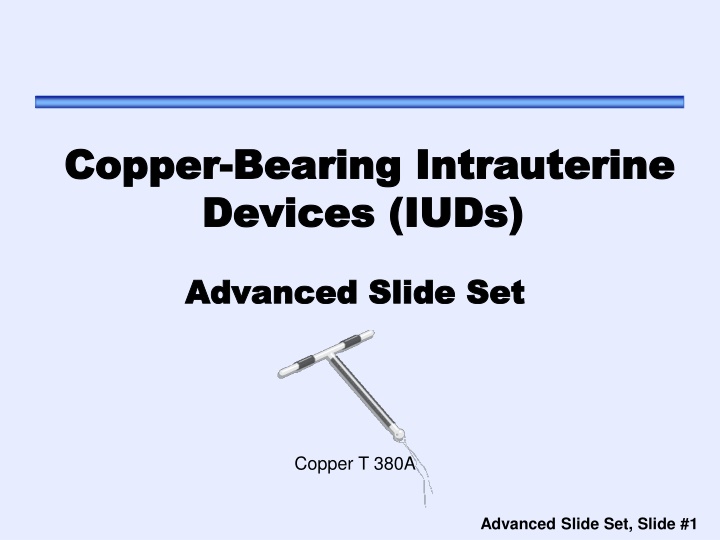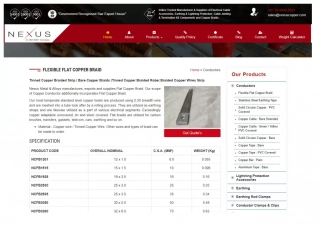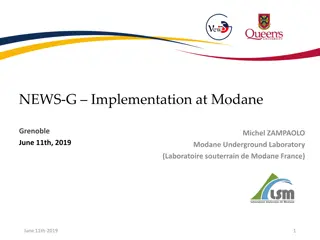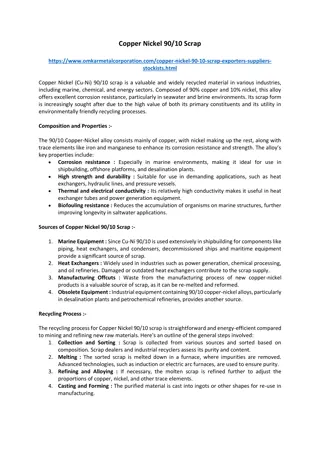Comprehensive Insights on Copper IUDs and Women's Health
Uncover the effectiveness and safety of Copper Intrauterine Devices (IUDs) through advanced slide sets. Explore data on pregnancy rates, ectopic pregnancy risk reduction, HIV transmission, PID, and infertility. Discover key findings from research studies, ensuring informed decision-making for women's reproductive health.
Download Presentation

Please find below an Image/Link to download the presentation.
The content on the website is provided AS IS for your information and personal use only. It may not be sold, licensed, or shared on other websites without obtaining consent from the author.If you encounter any issues during the download, it is possible that the publisher has removed the file from their server.
You are allowed to download the files provided on this website for personal or commercial use, subject to the condition that they are used lawfully. All files are the property of their respective owners.
The content on the website is provided AS IS for your information and personal use only. It may not be sold, licensed, or shared on other websites without obtaining consent from the author.
E N D
Presentation Transcript
Copper Copper- -Bearing Bearing Intrauterine Devices Devices ( (IUDs Intrauterine IUDs) ) Advanced Slide Set Advanced Slide Set Copper T 380A Advanced Slide Set, Slide #1
Copper IUDs: Effectiveness Spermicides Female condom Standard Days Method Male condom Oral contraceptives DMPA IUD (TCu-380A) Pregnancy rate when used correctly and consistently Female sterilization Male sterilization Pregnancy rate as commonly used Implants 0 10 20 25 30 5 15 Percentage of women pregnant in first year of use Source: Trussell, 2011. Advanced Slide Set, Slide #2
IUDs Reduce Risk of Ectopic Pregnancy 7 6.5 Ectopic pregnancy rate per 1000 woman years 6 5 4 3 2 1.5 1.2 0.6 1 0.4 0.2 0 No method Condom All IUDs Female sterilization OCs TCu 380A Source: Sivin, 1991. Advanced Slide Set, Slide #3
IUDs: Safe for Women with HIV Overall complications 14.8 14.7 Little difference in complications between IUD users with and without HIV. 8.6 IUD removal 10.0 4.9 IUD expulsion 2.7 0.8 Pregnancies 0 0.4 PID 2.0 Noninfected N=486 HIV-infected N=150 Infection-related complications 8.8 10.7 0 5 10 15 20 25 30 35 40 Percentage of women in Kenyan study Source: Morrison, 2001. Advanced Slide Set, Slide #4
IUD Use Does Not Increase HIV Transmission Theoretical concern: Does IUD use by women with HIV increase the risk of transmission to her partner? Research found: No post-insertion increase in cervical shedding No increased risk of partner exposure to higher dose of virus Source: Richardson, 1999. Advanced Slide Set, Slide #5
Risk of PID Greatest in the First Few Weeks after IUD Insertion 8 7 (per 1,000 Woman-Years) 6 5 PID Rate 4 3 2 1 0 0 1 2 3 4 5 6 7 8 9 10 11 12 2 3 4 5 6 7 8+ Year Month (first year) Time Since IUD Insertion Source: Farley, 1992. Advanced Slide Set, Slide #6
Infertility is Linked to STIs, Not to IUDs IUD use in the past Chlamydia antibodies No Yes No Yes Infertile women with tubal occlusion Infertile women without tubal occlusion (controls) Pregnant women (controls) 93.6% 6.4% 61.7% 38.3% 94% 6% 64.6% 35.4% 93.2% 6.8% 77.4% 22.6% Source: Hubacher, 2001. Advanced Slide Set, Slide #7
Expulsion Rates are Higher for Postpartum Insertion Timing of Insertion Expulsion Rates Interval (more than 6 weeks after delivery) Low (3% for skilled provider) Immediate postpartum (within 10 minutes) Slightly higher Early postpartum (between 10 minutes and 48 hours)Moderately higher High generally not recommended Late Postpartum (48 hours to 4 weeks) Source: Chi, et al, 1985. Advanced Slide Set, Slide #8























